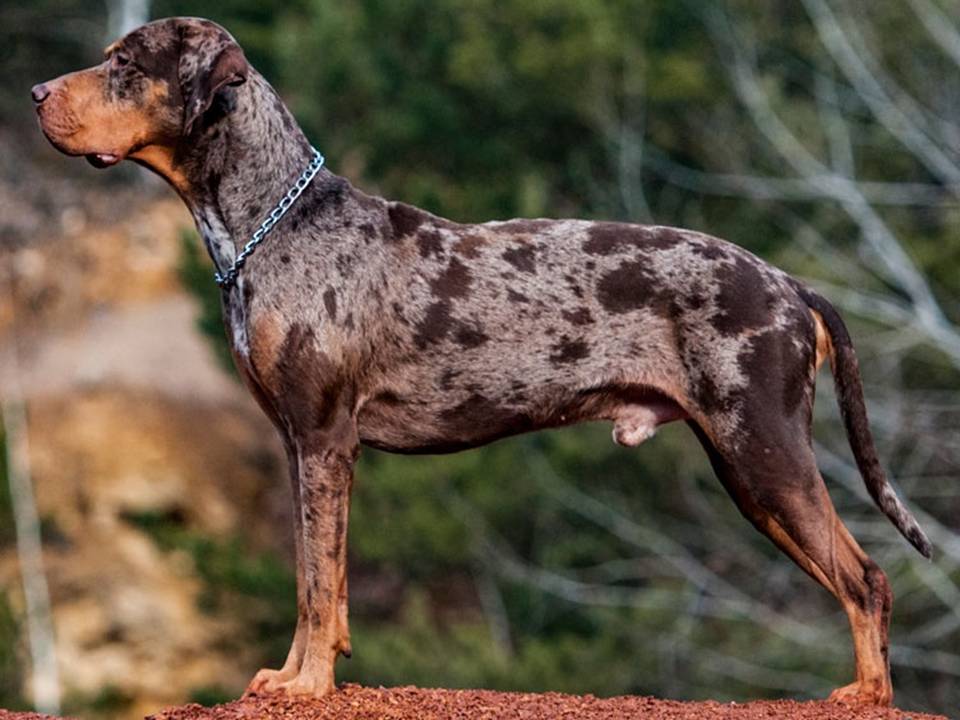One of the Most Ancient Dog Breeds
The Neapolitan Mastiff, also called the “Mastino Napoletano,” is one of the oldest dog breeds. Its history goes back thousands of years. Known for its massive size and wrinkled appearance, this breed has a strong presence and loyal nature. People have prized it as a guardian throughout history. From ancient battlefields to modern homes, the Neapolitan Mastiff has maintained its appeal. This essay explores its origins, historical roles, and modern revival.
Ancient Origins
The Neapolitan Mastiff’s roots trace back to the Molossus dogs. These dogs came from the ancient Greek region of Epirus, now part of Albania and north-western Greece. The Molossus was large, strong, and fierce. Greek and Roman armies used them in warfare. These dogs wore armour and fought alongside soldiers. They also protected property and livestock.
The Romans adopted the Molossus during their conquests. They turned these dogs into Roman war dogs. Generals used them in battles and as gladiators in the Colosseum. There, they fought wild animals and other dogs. Historical accounts describe them as powerful and intimidating.
As the Roman Empire expanded, so did the presence of these dogs. They adapted to local needs, creating regional variations. One of these variations became the ancestor of today’s Neapolitan Mastiff.
Evolution into the Neapolitan Mastiff
After the fall of the Roman Empire, the Roman war dogs took on new roles. They became protectors of homes, estates, and farms. In southern Italy, especially around Naples, they evolved into the Mastino Napoletano, or Neapolitan Mastiff.
Over centuries, breeders emphasized traits ideal for guarding. The Neapolitan Mastiff became known for its loyalty, fearlessness, and imposing appearance. Its wrinkled skin and loose jowls were not just for looks. These features helped the dog absorb bites and attacks, reducing injuries. The sagging skin also made it hard for opponents to grab them during fights.
For much of its history, the breed remained obscure outside southern

Italy. Italian peasants and farmers valued them for their guarding instincts and loyal nature. Breeding was informal, with no strict standards or recognition by kennel clubs.
Rediscovery and Modern Revival
By the early 20th century, the Neapolitan Mastiff had become rare. Its numbers dwindled, and the breed nearly went extinct. After World War II, Italian dog enthusiasts worked to revive it.
In 1946, an Italian painter named Piero Scanziani saw the breed at a dog show in Naples. He became fascinated by its history and unique qualities. Scanziani collaborated with breeders to standardize its appearance and temperament. They ensured the breed retained its ancient characteristics.
These efforts paid off. The Italian Kennel Club (ENCI) officially recognized the breed in 1949. The Federation Cynologique Internationale (FCI) followed in 1956. This recognition helped the breed spread beyond Italy.

In the late 20th century, Neapolitan Mastiffs reached the United States and the United Kingdom. The American Kennel Club (AKC) recognized the breed in 2004, bringing it into mainstream canine circles.
Characteristics and Legacy
Today, people value the Neapolitan Mastiff for its appearance and temperament. Despite its fearsome look, the breed is affectionate and loyal. These dogs form strong bonds with their families. They are protective of children and household members, making them excellent guardians.
The Neapolitan Mastiff is easy to recognize. Males typically weigh 150 to 170 pounds (68 to 77 kg), with females slightly smaller. They have large, square heads, deep-set eyes, and wrinkled skin. These features give them an ancient, primordial appearance.
Modern Neapolitan Mastiffs are less likely to engage in violent confrontations. They are often kept as companion animals. However, their distrust of strangers and strong territorial instincts require proper socialization and training.
Conclusion
The Neapolitan Mastiff’s journey is a story of endurance and adaptation. Descended from the Molossus dogs of ancient Greece and Rome, it evolved from a war dog to a guardian and finally to a beloved companion. Thanks to dedicated breeders, this ancient breed survives today. It remains a symbol of strength, loyalty, and resilience. The Neapolitan Mastiff is a living relic of a time when dogs fought alongside warriors in battle.






